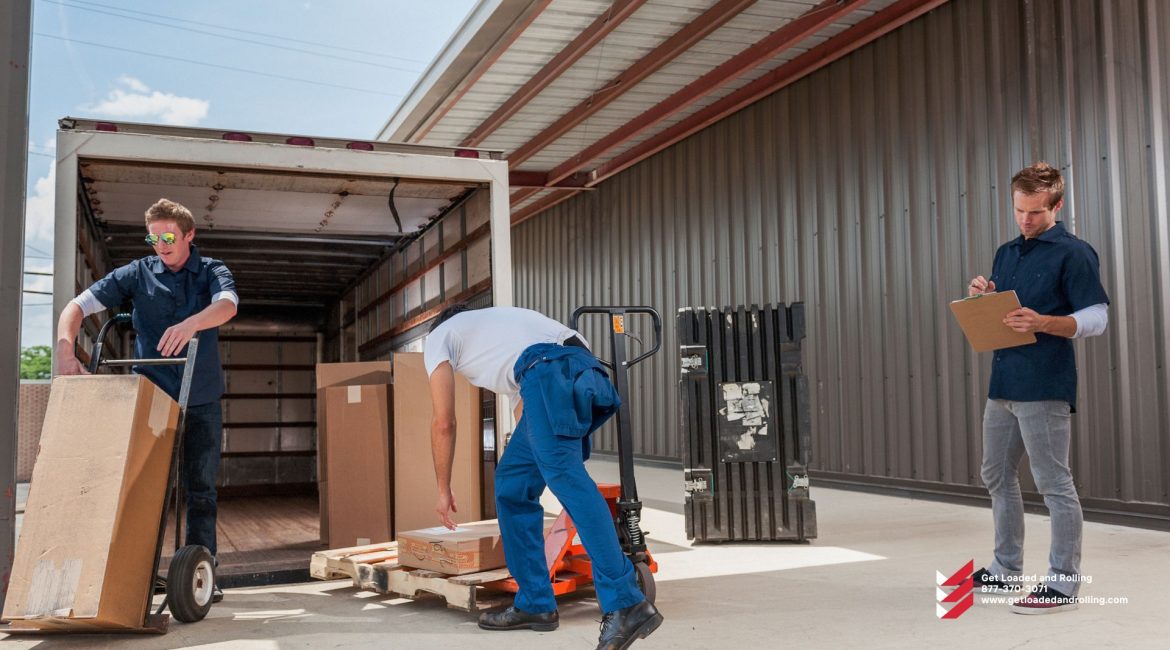Texas is putting the United States Postal Service’s future to the test.
The Postal Service initiated a trial program in mid-September to provide same-day parcel deliveries between different locations around the state. The USPS Connect program began in Dallas and Houston and has now grown to dozens more locations throughout Texas.
At a meeting of the Postal Board of Governors on Wednesday, Postmaster General Louis DeJoy stated that the agency will soon begin submitting for pricing and service approvals, with the goal of rolling out the program nationally next year.
The program will assist both local and regional delivery, with regional deliveries scheduled for the next day, according to the Postal Service. Businesses opting for local same-day delivery must bring their packages to a designated shipping dock between 5 and 7 a.m. with prepaid labels. Parcels can be delivered to a postal facility between 7 a.m. and 30 minutes before the dock closes for the day for regional next-day delivery. According to the Postal Service, returns service will be available, as well as package pickups for next-day deliveries at select locations.
Users of the regional service can schedule appointments to avoid long lines at the ports, according to the Postal Service.
The service will be offered at prices that were previously reserved for high-volume postal users. The Postal Service said that deliveries will be made six days a week, with Sunday deliveries possible in some areas for customers who choose the local delivery option.
Businesses must register before utilizing any of the services, according to the agency.
The initiative is lacking in details, such as the local distances that qualify for same-day delivery. Officials from the Postal Service were not immediately available for comment.
The trial is part of the Postal Service’s efforts to stay relevant in a parcel-delivery world that has been fundamentally disrupted by e-commerce, omnichannel fulfillment and distribution, and consumers’ demands for fast and free deliveries. As the migration to digital communication and transaction alternatives continues to undermine first-class mail and marketing mail volumes, the Postal Service has realized that parcel services are its future.
On the parcel front, however, the Postal Service faces a major challenge because two of its three largest customers, FedEx Corp. (NYSE: FDX) and Amazon.com Inc. (NASDAQ: AMZN), have either taken all of their postal delivery business in-house, as FedEx did, or have drastically reduced their relationship with the agency in favor of diverting more deliveries to an internal network, as Amazon did. Only UPS Inc. (NYSE: UPS) and the Postal Service have what could be considered a stable delivery relationship.
The USPS, like FedEx, UPS, and Amazon, is vying for a piece of the fast-growing small to midsize business e-commerce pie. To improve its value proposition, the Postal Service, which is frequently the lowest-cost provider, is aiming for a more reliable delivery service. Regardless of distance, the agency’s ultimate goal is to meet or surpass 95 percent on-time delivery performance for all products.
DeJoy stated on Wednesday that the agency’s First-Class Parcel Service (FCPS) delivery dates would be synchronized with the new first-class mail schedules that went into effect on Oct. 1. About 30% of mail and parcels traveling larger distances will arrive in five days rather than two to three. Officials with the Postal Service said the proposal will help them meet their on-time delivery goals while lowering expenses.
The Postal Service unveiled earlier this year a 10-year plan to get the agency, which has lost billions of dollars in recent years, to break-even operational performance by the conclusion of the time and prevent $160 billion in predicted losses by 2030. The Postal Service will spend $40 billion to upgrade its infrastructure and systems as part of the Delivering for America initiative. A multibillion-dollar contract for Oshkosh Truck Corp. (NYSE: OSK) to build up to 165,000 parcel-friendly delivery vehicles to replace the outmoded, boxy models now in use is included in that. In 2023, Oshkosh is anticipated to begin vehicle production.
The Postal Service’s growing supremacy in the future was obvious in its fiscal year 2021 figures, which were released on Wednesday. The shipping and packages segment’s revenue increased to more than $32 billion in the fiscal year 2020, up from $28.5 billion the previous year, while volume jumped to 7.57 billion packages from 7.32 billion. The shipping and package segment was the only one of the six to show a year-over-year gain in volume. Because the Postal Service’s fiscal year ended on September 30, the FY 2021 data featured extraordinary jumps in parcel volumes from the pandemic-plagued holiday season of 2020 and into the first nine months of 2021, when traffic remained historically high.
Overall, the Postal Service lost $6.9 billion in adjusted FY 2021 on revenue of little more than $77 billion. The package segment and marketing mail, which benefited from an easy comparison over a very weak calendar year 2020 volumes and a boost in political mailings in the fiscal first quarter leading up to the 2020 presidential election, grew revenue by about $4 billion.
